Click to view our Accessibility Statement or contact us with accessibility-related questions






PRODUCTS YOU MAY LIKE
Trending Posts in Audiophile

olivetreemontessori.uk
Best School in Lahore
OliveTree Montessori is an Australian and UK-certified institution, offering a world-class learning experience under the supervision of our highly qualified Australian-trained CEO and dedicated faculty. At OliveTree Montessori best school in lahore, we nurture future leaders by encouraging young minds to explore, discover, and grow in an environment that prioritizes academic and personal development. Our activity-based learning approach fosters critical thinking, creativity, and problem-solving skills. Character building is a cornerstone of our philosophy, instilling values such as integrity, empathy, and resilience in our students to prepare them for the world with confidence and grace.
Nov 24, 2024
CaitlinRHicks
Tips for Effective Problem-Solving During Firefighter Written Exams
Effective problem-solving during firefighter written exams requires a blend of preparation, strategy, and critical thinking. These exams typically cover a broad range of topics, including fire behavior, Tips for how become firefighter emergency medical procedures, equipment usage, and safety protocols. Here are several tips to help you approach these exams with confidence and effectiveness: 1. Understand the Exam Format Before diving into the specifics of studying, take time to familiarize yourself with the structure of the exam. Firefighter written exams often consist of multiple-choice questions, true/false statements, and scenario-based questions that test your judgment and application of knowledge. Knowing the format will allow you to pace yourself and manage your time more effectively during the test. 2. Study the Basics Thoroughly Firefighting exams often test foundational knowledge. Ensure you are well-versed in key areas such as fire science, building construction...
Nov 23, 2024
eyestech83
5 Ways to Fix Jio Cinema Not Working – Expert Tips for Seamless Streaming
If you’ve been trying to watch your favorite movies and shows on Jio Cinema, but things aren’t working as expected, jio cinema not working you're not alone. Streaming issues are common across platforms, but the good news is that many problems with Jio Cinema can be resolved with a few simple fixes. In this expert guide, we’ll walk you through five effective solutions to help restore your Jio Cinema streaming experience. 1. Check Your Internet Connection A stable internet connection is essential for uninterrupted streaming on Jio Cinema. Slow speeds, intermittent connectivity, or poor network strength can cause buffering, freezing, or even prevent the app from loading. What to do: Test your connection speed: Open a browser and run a speed test to ensure you're getting the bandwidth required for HD streaming (usually at least 5 Mbps). Switch between Wi-Fi and mobile data: If your Wi-Fi connection is unstable, try switching to mobile data. Alternatively, switching to a stronger Wi-Fi...
Nov 22, 2024

sudhirmehta
Handloom Bedsheets
Discover the timeless elegance of handloom bed sheets, crafted with care by skilled artisans. These bedsheets offer a unique blend of tradition and comfort, made from high-quality natural fibers. Available in various colors and patterns, they add a touch of authenticity to your bedroom decor. Enjoy the soft, durable texture and the cultural heritage each handloom bed sheet brings to your home. Contact:- https://www.peepultree.world/category/bedsheets
Nov 22, 2024
AntonetteCBak
Tips for Setting Up a Trading Desk with a Laptop
Creating an efficient and organized trading desk with just a Best laptops for trading requires a strategic approach to maximize productivity and trading success. Whether you’re a beginner or a seasoned trader, having the right setup ensures seamless execution of trades, minimizes errors, and keeps you focused. Below are essential tips to set up a professional trading desk using a laptop. Invest in a high-performance laptop tailored to trading needs. Opt for a model with a fast processor (e.g., Intel i7 or AMD Ryzen 7), at least 16GB of RAM, and a solid-state drive (SSD) for quick data access. Ensure the laptop has multiple ports for connecting peripherals and a high-resolution display for crisp chart visibility. Trading often involves monitoring multiple charts, news feeds, and trading platforms simultaneously. Connect your laptop to external monitors using HDMI or USB-C ports to expand your workspace. Dual or triple monitor setups allow for better multitasking and a...
Nov 21, 2024

abhinavkumar
Company Information in Dubai
Get comprehensive company information in Dubai, including registration requirements, licensing options, and compliance guidelines. Whether you’re exploring free zones, mainland, or offshore setups, our expert resources provide insights to help you make informed business decisions. Navigate Dubai’s business landscape with clarity, from legal requirements to operational support for a successful establishment. For more details:- https://leelainternational.com/
Nov 21, 2024

Leafwise
Show off your carry / bag / case / setup for your Head-Fi gear ✨
As subject, what do y'all carry your gear in for out-and-about/day-to-day and then for travel, if anything other than pockets?
Nov 19, 2024

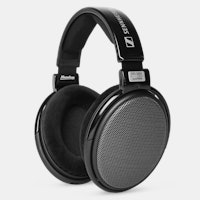

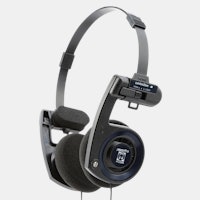
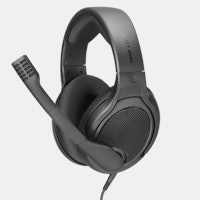
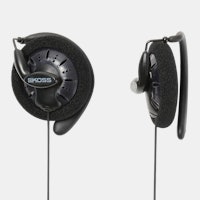
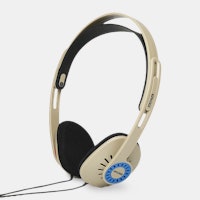
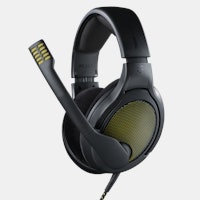
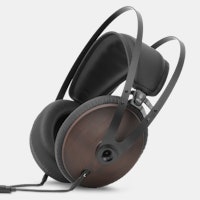
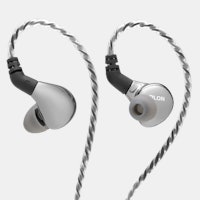


Jokes aside, we priced these as agressive as possible, but extra stuff costs extra money and JBL really doesn't inflate the price of the 305 like many audio companies do (thus allowing our versions to come in at dramatically lower price points).
Where a paint or vinyl wrap finish takes a few minutes to apply, the lacquer finish in the 30X requires many layers to be applied in a completely dust-free room, allowed to dry over the course of hours, applied again, dried again, repeat many many times and you can understand the additional cost involved.
To achieve channel matching within 1db, again you've got an expensive time consuming process. Instead of two units coming off the line, getting put in a box, and going out the door, those units come off the line and they go to a sorting stage. There they're measured and matched to a sister speaker with a response within 1db of an exact match. This takes more time and it means there are some drivers that never make the cut, resulting in a lower yield rate and again higher cost.
Finally for isolation feet, the rubber needs to have specific properties that suit the goal of isolating speakers. Generally rubber feet are very cheap because hundreds of millions are being made. These feet are custom made for this product and the per unit cost on ~10,000 is a lot higher than ~100,000,000.
Ultimately, the community has to decide if these improvements are worth the additional cost, but we've done everything in our power to make it as easy a decision as possible.
the glossy paint adds to it, though personally I could do without the gloss. The 1 dB matching is the real selling point here. For some that won't matter as much as to others.
Each person has to decide if its worth it to them.
http://a.co/39NTX3U
I work in mechanical engineering. We specify vibration dampening feet for the kind of equipment that can vibrate a building apart. Matching the material to the type of vibration you want to eliminate, and the weight of the equipment in question takes a lot more effort than you realize, and I can assure you, it absolutely does cost something.
Unless you just want to put some Bumpons under them... then it'll only be about $10 for a 100 pack. Of course, it won't isolate anything outside of a narrow frequency range which may or may not be within your range of hearing anyway. But it'll keep your table from scuffing the gloss finish, at least.
Now I'm not trying to say it's worth $100 for the feet. My only argument here is that specifying feet for vibration isolation isn't as simple as you seem to think. An Amazon search for "rubber feet" doesn't cut it, if you want it to cut vibration properly. No, I think most of that money is going into JBL's time. Off the top of my head, I'd guess maybe $5 at most is for the feet. I know JBL and Massdrop both can get a better deal in bulk on quality feet than you and I can on Amazon. I think probably 25% of the upcharge is going to the gong towards the gloss lacquer finish, and the bulk of it is going to JBL's time to level-match EVERY PAIR that goes out.
Actually, I should step back a bit here. I'm giving JBL and Massdrop the benefit of the doubt, and ASSUMING they're doling the work to properly spec the feet, because they're not 3M Bumpons. I could be completely wrong -- they might have just grabbed some 3-cent rubber hemispheres off the shelf.
Makes me wonder tho - is JBL doing the same sensitivity matching for woofer and tweeter within the same speaker? Since this affects the frequency response of the single speaker sold, wouldn't this be an even bigger deal compared to 2 speakers each with their volume control?
a) If JBL isn't doing this woofer-tweeter matching, then their driver variation is small enough b) If JBL is doing this woofer-tweeter matching and correcting, if they can correct the sensitivity of one driver, why wouldn't they correct the sensitivity of both?